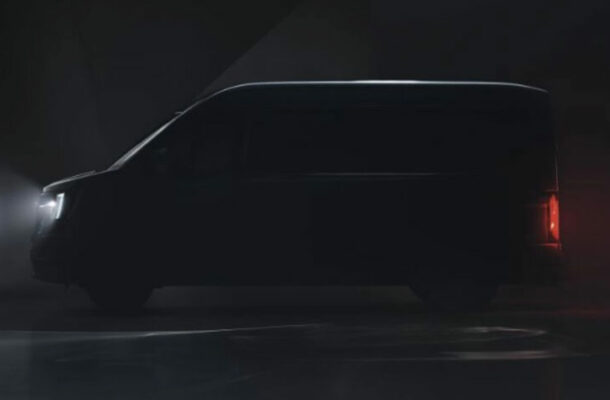Renault takes a leap into sustainable transport with the announcement of its hydrogen minibus, set to debut next year. Delve into the limited details available on this revolutionary "Aerovan" model, exploring its powertrain options and anticipating a paradigm shift in green mobility.
Introduction
In a bold move towards advancing sustainable transportation, Renault has set the stage for a groundbreaking debut—the world's first hydrogen minibus. With an expected launch next year, the French automotive giant aims to redefine the landscape of eco-friendly commuting. Despite the limited information available on the appearance and capabilities of this minibus, known as the "Aerovan," the anticipation surrounding its innovative design and powertrain options sparks a new chapter in Renault's commitment to green mobility.
The Hydrogen Revolution: Renault's Trailblazing Minibus
Renault's foray into hydrogen-powered transport marks a significant stride towards reducing the carbon footprint in the automotive sector. While details about the minibus's appearance and features remain shrouded in mystery, the underlying promise of a revolutionary model with enhanced efficiency is enough to pique the interest of eco-conscious consumers and industry observers alike.
A Vision in "Aerovan": Innovative Design for Efficiency
Renault's teaser of the hydrogen minibus introduces a fresh design approach, aptly named "Aerovan." This novel design, coupled with an innovative braking system, not only adds an aesthetic appeal to the minibus but also contributes to increased efficiency. As the automotive industry embraces a paradigm shift towards sustainability, the Aerovan model positions itself at the forefront of this movement, symbolizing a fusion of style and environmental responsibility.
Versatile Powertrains: From Internal Combustion to Hydrogen
One of the defining features of Renault's hydrogen minibus lies in its diverse range of powertrains, catering to various preferences and eco-friendly needs. The minibus is expected to offer internal combustion engines, an all-electric variant, and a cutting-edge H2-Tech hydrogen model. This multifaceted approach aligns with the current trend seen in models like the e-Ducato and the second-generation Mercedes eSprinter, providing users with a spectrum of choices, including different battery sizes.
Eco-Friendly Accessibility: Batteries for Every Need
Following in the footsteps of industry counterparts, the hydrogen minibus is poised to offer flexibility in battery choices. Similar to the e-Ducato and the latest Mercedes eSprinter, introduced earlier this year, users can anticipate a range of battery sizes. This accessibility ensures that Renault's minibus caters to a diverse audience, embracing the varying needs and preferences of the growing community invested in green and sustainable mobility.
Crafting the Future: A Completely New Design
While details on the appearance of Renault's hydrogen minibus remain scant, the assurance of a "completely new" design adds an air of anticipation. The mysterious minibus stands as a testament to Renault's commitment to pushing boundaries and embracing innovation. As the automotive industry stands on the cusp of a green revolution, Renault's endeavor signals a proactive step towards shaping the future of transportation.
In the unfolding narrative of automotive innovation, Renault's hydrogen minibus emerges as a symbol of progress, sustainability, and versatility. While the specifics remain veiled, the promise of a hydrogen-powered "Aerovan" and its diverse powertrain options foreshadows a future where green mobility takes center stage. Renault's foray into this uncharted territory sparks excitement and anticipation, urging the world to witness the unveiling of a transformative chapter in eco-conscious transportation.


Comments